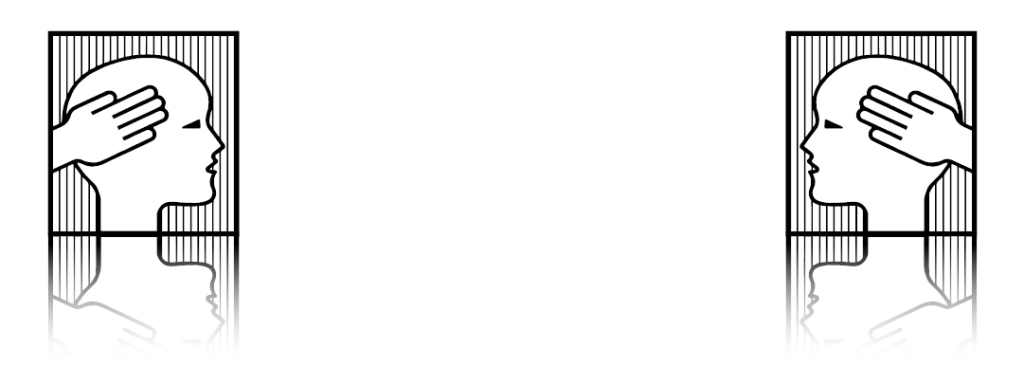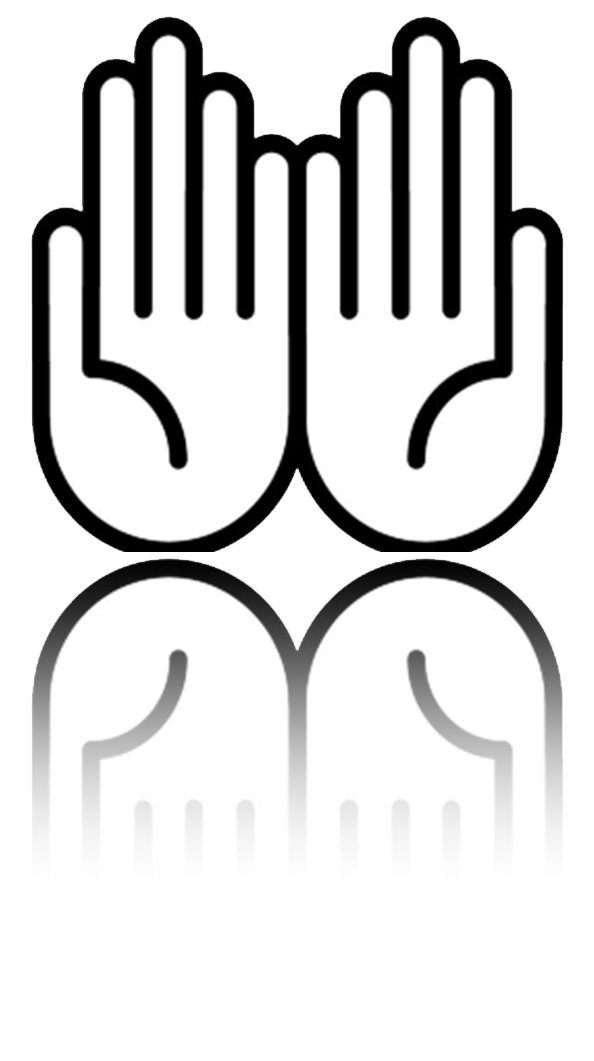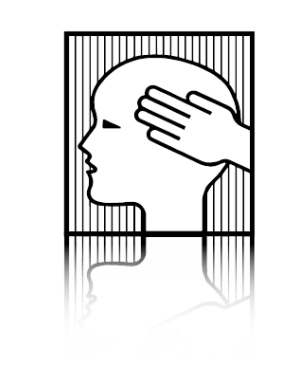1977 | Prognosis Protest
Unknowingly, I became a
PROGNOSIS
PROTESTOR


My prognosis was
eventually annihilated
by stumbling into the ‘Unknown‘
with a cranial Osteopath.
L5 – S1 Upheaval
I was seven months pregnant with our second child.
A River Flows
Yiruma, arr. Hauser
This birth herniated the disc at L5-S1 in my lower back. The first childbirth adventure with the four days of paralysis from a saddle block made me insist on ‘natural childbirth’ this second time. My back was upset before I left the hospital; thus, I was prescribed Percodan while nursing my baby! Within six months, I lost the reflex in my left knee and ankle. My leg was slowly being paralyzed. My perfect part-time job as a classical organist playing two church services on Sunday plus a Wednesday evening choir practice quickly disappeared from my life.
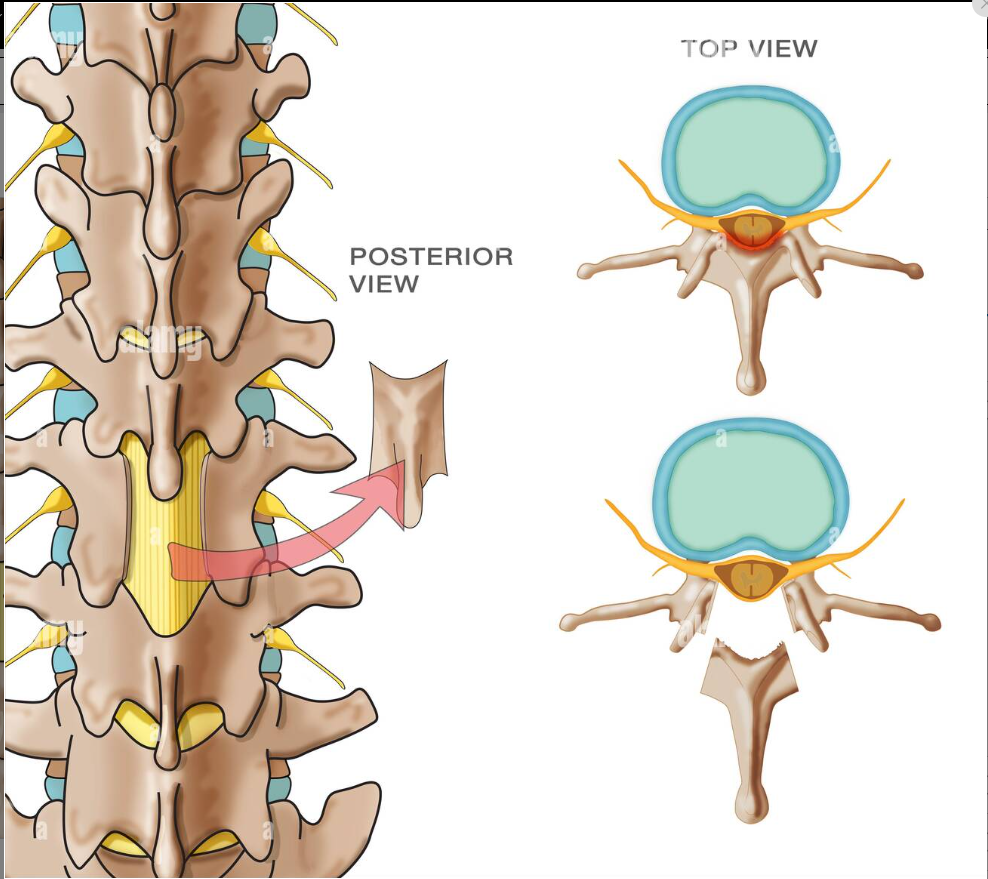
A laminectomy, a surgical procedure that removes a portion of a vertebra called the lamina to relieve pressure on the spinal nerve, was scheduled during the Christmas holiday. Amahl and the Night Visitors was performed without me.
The surgeons post-op goal: walk three miles in three weeks. I never asked why he didn’t prescribe physical therapy. In addition, I wanted to return to my lovely job and choir as soon as possible. The surgeon told me I would definitely be able to play the organ. When I was offered three weddings on a Saturday three weeks after the surgery, he gave his expert advice of “Sure, go ahead…should be okay.” I was young and it wasn’t every month that three weddings happened in one day. Thus, I forged ahead with the weddings; I was only 29 years old – I could do this.
Walking my baby in her stroller was a lovely way to increase the goal of three miles in three weeks. On one of our walks, I felt a shift in my back and heard a weird ‘clunk’ at the half-way point to the library; this made me feel sick. By the time I arrived home, I was in tears.
Unable to sit without pain became the norm. At the three-month follow up, the orthopedic surgeon shook his head while holding the film up to the lightbox. He was stunned and apologized for having questioned my inability to sit without pain:
“Your vertebrae have collapsed at the surgical site.
You have bone on bone at L5-S1… I’ll do a fusion whenever you want.”
His words were shocking, but at least divulged the reason for the continuing pain.
“The collapse of your vertebrae in three weeks is abnormal.
You have an autonomic nervous system problem,”
the orthopedic surgeon explained.
I questioned how a fusion could help with pain if the vertebrae were all out of alignment with the collapse and were fused in the wrong place. My inquiry as never answered. Evidently the surgeon’s goal was to immobilize this part of my spine because there was “too much motion.” In retrospect, this was a very astute inquiry on my part. My youth and my inability to question authority did not allow me to pursue this line of inquiry, or to even get a second opinion.
I was scared, trusting doctors unequivocally.
A Magnuson back brace entered my life before undergoing more surgery. Organ playing was very difficult with this contraption. Bending over to pick up my toddler was another story! After six months of wearing a wire cage with no pain relief in sight, the surgeon scheduled a spinal fusion.
Announcing my scheduled surgery at choir rehearsal one Wednesday evening
prompted a choir member to suggest getting an opinion from an Osteopath.
My reply still reverberates in my head after 40+ years:
“I have a really good surgeon and prefer to continue with a real doctor.”
I chose the road most traveled.
Chiropractors and Osteopaths were not in my vocabulary or understanding at this time.
The surgeon’s previous proclamation of ‘abnormal’ motion of the autonomic nervous system did not register as significant and was ignored by me as inconsequential. It took several years of medical mayhem for me to become proactive, educated and able to challenge these “voices of authority.”
It was 1976.
Fusion Confusion
This second hospital stay was longer than anticipated, lasting ten days. A fever of 105 with infection prolonged the visit; I I was unable to breathe well and placed on a ventilator for three days. A walker accompanied me home; I was unable to stand up straight. One of my memories of this time was my inability to lean over a sink to spit out toothpaste! Recovery was extremely slow.
The surgeon was not pleased with this slow recovery; I was only 29. He had never had anyone at my young age leave the hospital on a walker. I wasn’t pleased either. Twisting my torso wasn’t in my ‘range of motion’ vocabulary. Hoisting a baby in and out of a back car seat, having a dog jerking and jumping around on a leash, bending down to lift an iron skillet from the bottom cabinet, and of course, playing the organ – all these activities exacerbated the pain that had not disappeared with the fusion.
My husband came with me to the surgical post-op visit.
The Diagnosis and The Prognosis
plummeted into my life.
“You have degenerative disc disease.
You will continue to have spinal fusions
until all of your vertebrae are fused, probably by age 50.”
The Diagnosis and The Prognosis were never discussed between the two of us.
As the years unfolded, I often wondered if he even heard the surgeon.
I was 30 years old and a ‘chronic pain patient’ with
a diagnosis of degenerative disc disease and
a prognosis of all vertebrae fused by the time I reached 50!
Totally and Absolutely Inconceivable
It was now 1977.
Not only was I a ‘chronic pain patient’ but also I had been transformed into a ‘health liability’ for medical insurance at my husband’s law firm. A primary concern was what would happen with our medical insurance if/when he had to change jobs?
Inquiries into health insurance provided me with information that grew more valuable with the years. If a potential client had no doctor visits or no pain prescriptions for a year, then said person could quality for an individual health insurance policy. This became my top priority, so as to not be a ‘liability’ for my husband’s future employment. Later, this proactivity on my part provided the ‘freedom and power’ to proceed with divorce and not be dependent on my husband’s job for health care
A TENS unit (transcutaneous electrical nerve stimulator),
Jin Shin Jyutsu and Transcendental Meditation replaced medication
…very different paths than the oxycontin route that was an emerging force during this era!
My son’s best friend was Japanese. His mom was the Jin Shin Jyutsu referral.
My doctor wrote a prescription for the TENS unit.
A friend and I went to a TM class together, received our mantras and began meditating.
I tearfully quit playing the organ, saying farewell to my choir friends and choir director.


Thus, ancient wisdom from Japan with Master Jiro Murai and India with Maharishi Mahesh Yogi along with contemporary low-voltage electricity became my first escape route from pain medication. My skepticism in ‘ancient wisdom’ from Japan disappeared as I drifted into sleep when the Jin Shin practitioner began lightly touching my body, ‘balancing pulses’. I had no frame of reference for this ‘ancient art’. My first experiences with TM, my third recourse for pain control, propelled me into another level of consciousness for which I had no frame of reference. My kids learned quickly not to bother “Mommy” when she was in the closet with the door closed and meditating; my husband thought this ridiculous. During the late 70’s, this practice was a ‘secret’ from my friends at our local Methodist church.
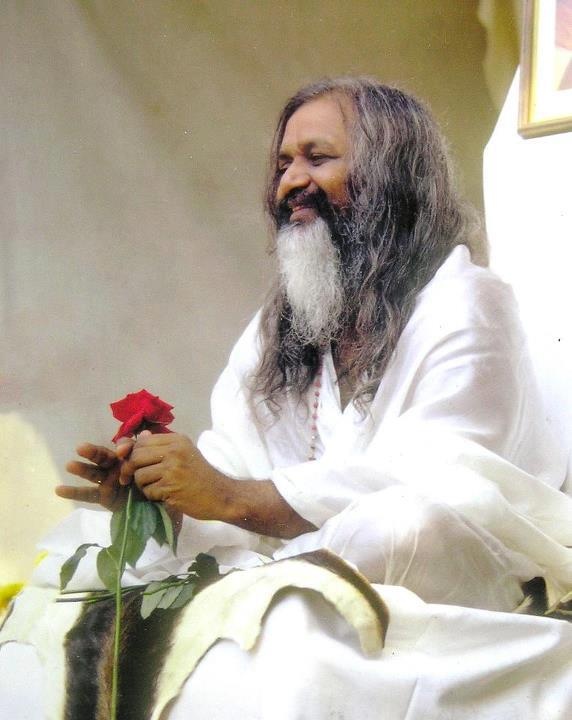
Arizona Blue Cross Blue Shield rewarded my efforts with an individual policy. Piano teaching replaced organ playing. Much to my husband’s irritation, proceeds first and foremost paid for the insurance policy which he deemed unnecessary and a waste of money.
JIN SHIN JYUTSU
Jin Shin Jyutsu physio-philosophy is an art of harmonizing the life energy of the body. Born of innate wisdom and passed down from generation to generation by word of mouth,
the Art had fallen into relative obscurity when
it was dramatically revived in the early 1900’s by Master Jiro Murai
in Japan. The resulting knowledge was given to Mary Burmeister,
who brought it to the United States in the 1950’s.
Mary Burmeister began teach the Art to others
in the early 1960’s and today there are thousands of students throughout the United States and around the world.
Jin Shin Jyutsu is a practice that helps to harmonize and balance the physical, mental, emotional and spiritual aspects of human beings.
The practice utilizes 26 locations on the body,
referred to as Safety Energy Locks. Sequences of light touch restore the harmonious flow of life energy.
******
Scottsdale, AZ continues to be the home of the Mary Burmeister JSJ Institute, now working with a newly formed nonprofit
Jin Shin Jyutsu Spirit Mind Body
(JSJSSMB).
TRANSCENDENTAL MEDITATION
COMING SOON!
The TENS unit was placed on a closet shelf when it became a ‘stimulator’
I felt wired up and over-charged.
Jin Shin “Self-Help” flows from the classes continue to be invaluable for me to this day.
This ‘light touch’ ancient art was my experience base
when I first stepped over the threshold into the world of the cranial Osteopath.
Transcendental Meditation evolved over the following years:
Different practices – alteration of consciousness.
…Mindfulness, Sufi chant and movement, Christian Meditation, Contemplation, Centering Prayer…
Stillness and Silence within
